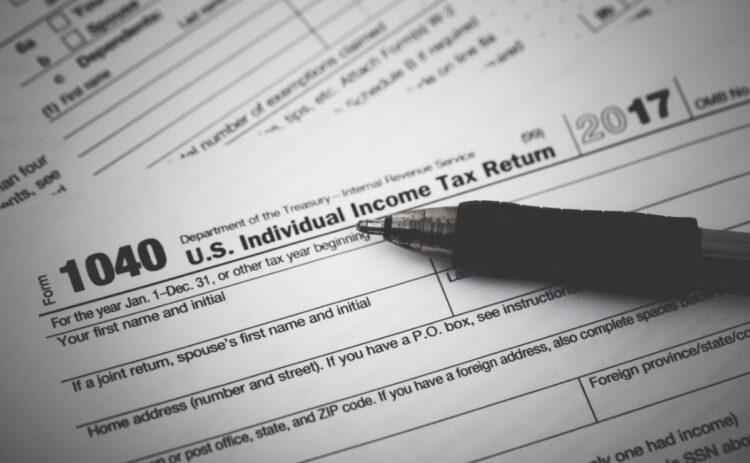In the United States, in order to file an income tax return with the IRS, it is mandatory to complete the 1040 form. This form is the official form and is used for individuals, corporations, estates and trusts.
The ultimate goal of this form is to report not only income, but all gains, losses, deductions, credits and so on. All the attorney information the IRS needs to know is in these documents.
During the current year the previous year is always reported. This means that in the year 2023, we will have to complete the 1040 form to give the IRS the information about the finances for the attorney year 2022.
Every year we have 3 months to be able to make this type of declaration, although sometimes there may be exceptions. Usually we have until the 15th to send to the IRS this important document. There are several types of forms and it is of vital importance to know about them. Do you know all the IRS 1040 forms?
Types of IRS 1040 Forms
Each of these forms are specific to a type of taxpayer. The IRS collects all of them before April 18, which is this year’s deadline for filing tax returns.

Schedule A
This schedule is for calculating all itemized deductions. The federal income tax will be less if you deduct the greater of the total itemized deductions or the standard deduction. This is almost always the case.
Schedule B
For the following cases only, Schedule B is used for the IRS:
- Having more than $1,500 of taxable interest or ordinary dividends.
- Receiving interest on a seller-financed mortgage and the buyer used the property as his or her own personal residence.
- Have accrued interest from a bond of any type.
- Report an original issue discount (OID) in an amount less than the amount reported on Form 1099-OID.
- Decrease your interest income on a bond by the amount of the amortizable bond premium.
- Claim the exclusion of interest on United States series EE or I bonds issued after 1989.
- Receive interest or ordinary dividends as a nominee.
- Have a financial interest in, or authority over the signing of, a financial account in a foreign country or received a distribution from, or was a transferee or transferor in, a foreign trust. Part III of the schedule has questions about foreign accounts and trusts.
Schedule C
This type of Schedule is for income or loss from a business you conducted. It is also for an occupation you performed as a sole proprietor. In order to know if we are dealing with a business, we have to be that the first objective is to perform the activity to earn money. In addition, you must also be engaged in the activity on a continuous and regular basis.
Schedule C-EZ
Replaces Schedule C in the case of being a sole proprietor or qualified joint venture, or was a statutory employee and met all of the requirements listed in Schedule C-EZ, Part I.
Schedule D
If the taxpayer is required to report:
- A sale or exchange of a capital asset not reported on another schedule.
- Unintentional conversational gains. This means capital assets that are not from business or profit-making purposes.
- Any capital gain distributions not reported on Form 1040.
- Any type of nonbusiness bad debt.
Schedule E
This schedule is for reporting income or loss from real estate to the IRS. In this regard, any of rent, royalties, partnerships, partnerships, S corporations, estates, trusts, and residual interests in real estate mortgage investment conduits (REMICs) apply.
Schedule EIC
To report qualified children to the IRS. This is done after calculating the earned income credit (EIC).
Schedule F
Using this form we can report farm expenses.
Schedule H
Using this Schedule any taxpayer can report domestic employment taxes to the IRS. This is if you paid cash wages to any domestic employee and this wages were subject to Social Security, Medicare or FUTA.
Schedule J
With this Schedule you can calculate income tax. You will do this by averaging all or part of your taxable income from your farming or fishing trade.
Schedule R
Using this schedule you can calculate the credit for disabled and elderly persons.
Schedule SE
If you are self-employed, this Schedule is the one needed to file your IRS return.
Schedule 8812 (SP)
To calculate child tax credits you need to use this schedule. We can report advance payments of the child tax credit we received during 2021. We can also report any additional child-related taxes due to the IRS using this schedule.

